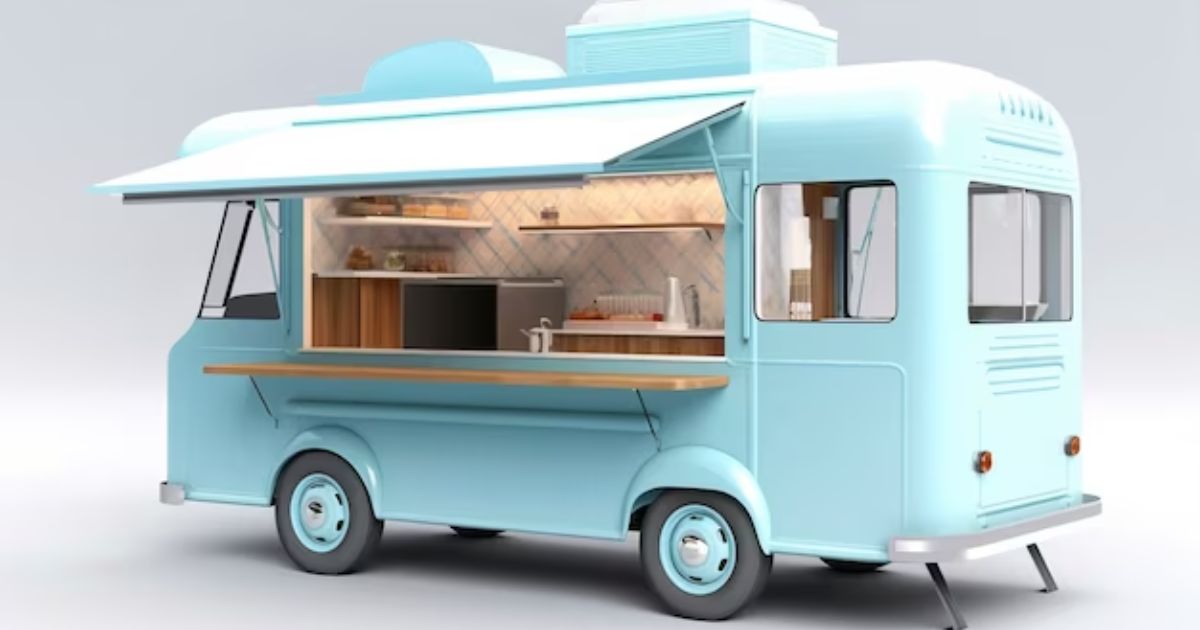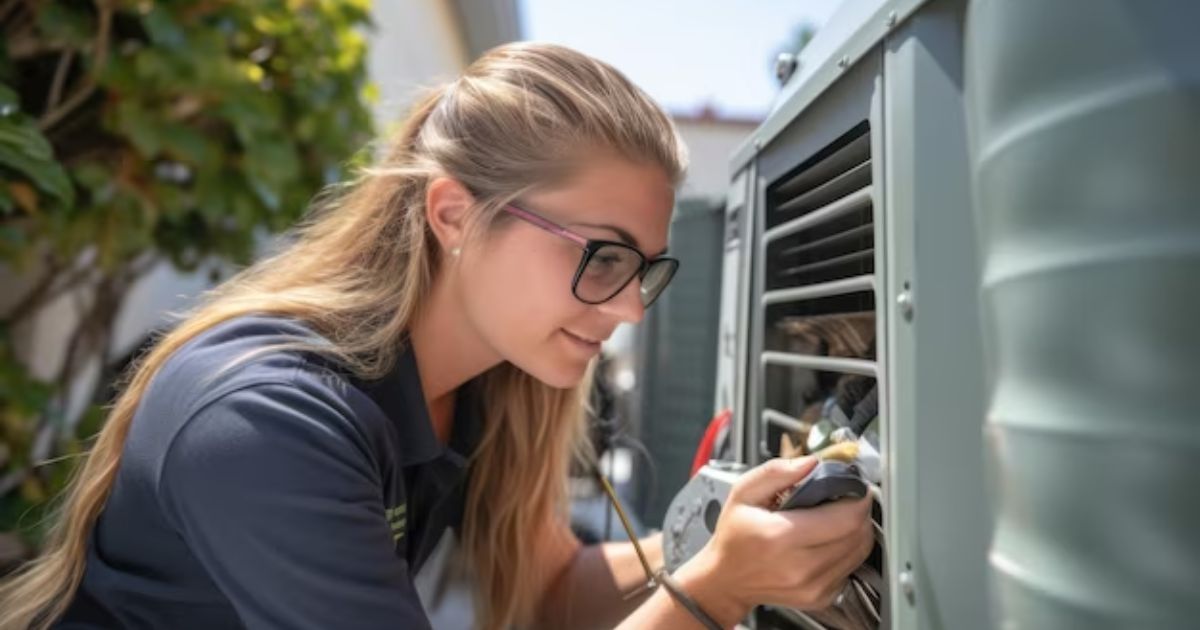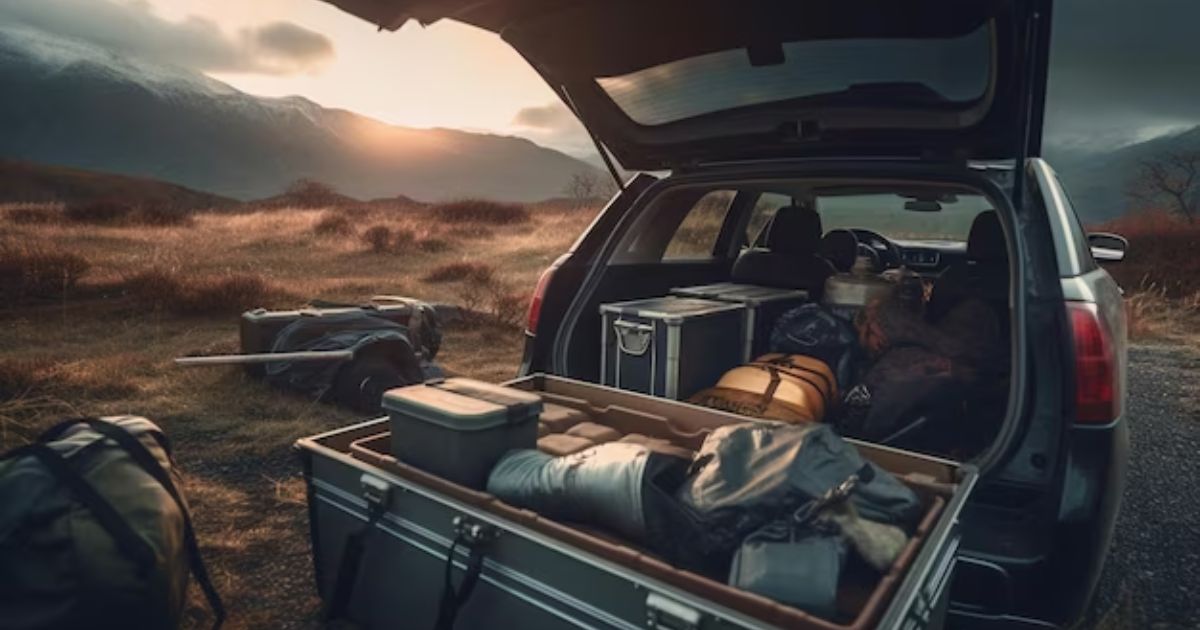Are you curious how long it takes for your RV fridge to cool down? “Time is of the essence” when it comes to ensuring your perishable items stay fresh during your travels. In this informative article, we will delve into the various factors that affect the cooling time of your RV fridge. From packing considerations to enhancing cooling with a fridge fan, we will provide you with valuable tips to make your fridge cooling experience efficient and reliable.
Key Takeaways
- The initial temperature of the fridge and the ambient temperature outside the RV affect the cooling time of the RV fridge.
- The type and efficiency of the fridge, as well as the amount and organization of items loaded into it, can impact the cooling time.
- Proper preparation and packing of items, such as grouping similar items and arranging them based on size and shape, can maximize cooling capacity and food freshness.
- Enhancing cooling efficiency can be achieved by using ice packs, minimizing fridge opening while traveling, using a fridge fan, and monitoring temperature with a thermometer.
Factors Affecting RV Fridge Cooling Time
Factors affecting the cooling time of an RV fridge are influenced by various variables. One crucial factor is the initial temperature of the fridge. If the fridge is already warm, it will take longer to cool down compared to when it is at a lower temperature.
Another factor is the ambient temperature outside the RV. If it is extremely hot outside, the fridge will have to work harder to cool down, prolonging the cooling time. Additionally, the type and efficiency of the fridge itself play a role. Modern fridges with advanced cooling systems tend to cool faster than older models.
The amount of food and beverages loaded into the fridge can impact the cooling time. Overloading the fridge can restrict airflow, making it harder for the fridge to cool efficiently. Considering these factors, it is essential to prepare the items for fridge loading accordingly.
Preparing Items for Fridge Loading
To ensure optimal cooling efficiency, it is important to carefully arrange and organize the items before loading them into the RV fridge. By taking the time to prepare the items properly, you can maximize the cooling capacity of your fridge and ensure that your food stays fresh for longer periods.
Start by grouping similar items, such as dairy products or fruits and vegetables, to make it easier to find and access them later. Consider using storage containers or ziplock bags to keep items organized and prevent spills or leaks.
Be mindful of the weight distribution inside the fridge to maintain stability while on the road. By following these packing considerations for your RV fridge, you can optimize its cooling capabilities and make the most out of your camping or traveling experience.
Packing Considerations for RV Fridge
Properly arranging and organizing items in the RV fridge is crucial for optimizing cooling efficiency and ensuring the freshness of food for extended periods. When packing your RV fridge, it is important to consider the size and shape of the items you are storing. Place taller items towards the back of the fridge, while shorter items should be in the front.
This arrangement allows for better air circulation and prevents blocking of the cooling vents. Additionally, using storage containers or bags can help keep food items organized and prevent spills that could lead to unpleasant odors or cross-contamination.
By ensuring that items are packed tightly and securely, you can also minimize movement while driving, reducing the risk of items shifting and potentially causing damage. An organized fridge not only optimizes cooling efficiency but also makes it easier to find what you need. Now, let’s explore the benefits of using ice packs in your RV fridge.
Using Ice Packs in Your RV Fridge
Ice packs can be an effective solution for maintaining the cold temperature in your RV fridge. These packs are designed to keep your food and beverages cool and fresh while you’re on the road. Simply place the ice packs in your fridge, and they will help to regulate the temperature inside.
This is especially useful if you don’t have access to electricity or if you’re traveling long distances without stopping. Ice packs come in various sizes and can be easily stored in your freezer when not in use. However, it’s important to note that ice packs can only provide temporary cooling and may not be as effective as a fully functioning refrigerator.
To further optimize the cooling efficiency of your RV fridge, it’s recommended to minimize fridge opening while traveling. This will help to prevent warm air from entering the fridge and ensure that it stays cold for longer periods.
Minimizing Fridge Opening While Traveling
While using ice packs in your RV fridge can help maintain cold temperatures, another important factor to consider is minimizing fridge opening while traveling. Opening the fridge door frequently can cause the cold air to escape and warm air to enter, resulting in a longer time for the fridge to reach and maintain its desired temperature.
To minimize fridge opening, it is recommended to plan your meals and have easily accessible items outside the fridge. Organizing the fridge efficiently can help you quickly find what you need without keeping the door open for too long.
By minimizing fridge opening, you can enhance the efficiency of your RV fridge and ensure that it reaches the desired temperature more quickly. Now, let’s explore another way to enhance cooling with a fridge fan.
Enhancing Cooling With a Fridge Fan
To improve the cooling efficiency of your RV fridge, consider using a fridge fan in conjunction with other temperature-regulating methods. A fridge fan helps to circulate the air inside the refrigerator, ensuring a more even distribution of cold air.
This can significantly enhance the cooling process and reduce the time it takes for your RV fridge to get cold. By installing a fridge fan, you can prevent hot spots and cold spots within your fridge, providing a more consistent and reliable cooling performance.
A fridge fan can also help to reduce the overall energy consumption of your RV fridge, making it more efficient and cost-effective. So, if you want to enhance the cooling capabilities of your RV fridge, investing in a fridge fan is worth considering.
Monitoring Temperature With a Thermometer
One effective method for ensuring the optimal cooling of your RV fridge is by monitoring the temperature with a reliable thermometer. By keeping a close eye on the temperature, you can make necessary adjustments to maintain the ideal cooling conditions for your food and beverages. Here are four key reasons why monitoring the temperature with a thermometer is important:
- Food Safety: A thermometer allows you to ensure that the temperature inside the fridge remains below 40°F (4°C), which is crucial for preventing food spoilage and the growth of harmful bacteria.
- Energy Efficiency: Monitoring the temperature enables you to identify any fluctuations or inconsistencies in cooling, allowing you to make adjustments and optimize energy consumption.
- Temperature Control: By monitoring the temperature, you can adjust the fridge settings to maintain a constant and desired temperature, ensuring that your food stays fresh for longer periods.
- Prevent Freezing: A thermometer helps you avoid freezing food by ensuring that the temperature remains above freezing point, typically around 32°F (0°C), preventing damage to your food items.
Powering the Fridge While Driving
Power the fridge while driving with a reliable power source. When you’re on the road in your RV, it’s essential to have a functioning fridge to keep your food and beverages cold. To power the fridge while driving, you can rely on your RV’s battery, an inverter, or a generator.
The RV’s battery is a convenient option as it provides power when the engine is running. An inverter can convert the DC power from the battery into AC power, allowing you to run the fridge. Alternatively, a generator can supply the necessary power while driving.
It’s important to ensure that your chosen power source is reliable and capable of providing enough power to keep the fridge cold throughout your journey. By using a reliable power source, you can enjoy chilled food and drinks while traveling in your RV.
Buying Perishable Food at Your Destination
When arriving at your destination, it is important to consider purchasing perishable food to stock your RV fridge. Here are four reasons why buying perishable food at your destination can enhance your RV experience:
- Freshness: By buying perishable food at your destination, you ensure that you are getting the freshest produce, dairy products, and meats available. This can greatly enhance the taste and quality of your meals during your RV trip.
- Local Experience: Buying perishable food locally allows you to experience the flavors and specialties of the region you are visiting. It can be a great way to explore the local cuisine and support local farmers and producers.
- Variety: Stocking your RV fridge with perishable food from your destination allows you to try new and different foods. It adds variety to your meals and allows you to experiment with new recipes and flavors.
- Storage Space: By buying perishable food at your destination, you can free up valuable storage space in your RV fridge during the journey. This gives you more room to store other essentials and makes your RV trip more comfortable and convenient.
FAQ’s
Can I Use My RV Fridge Immediately After Turning It On?
Yes, you can use your RV fridge immediately after turning it on. However, it may take some time for the fridge to reach its optimal cooling temperature. It is recommended to pre-cool the fridge before loading it with food.
How Long Does It Take for an RV Fridge to Cool Down After Being Defrosted?
The cooling time of an RV fridge after defrosting can vary depending on factors such as the ambient temperature and the fridge’s size and model. However, on average, it may take a few hours for the fridge to reach the desired temperature.
Is It Safe to Load the Fridge With Warm or Hot Food Items?
Loading an RV fridge with warm or hot food items may compromise food safety and the efficiency of the cooling process. It is advisable to allow the food to cool to room temperature before storing it in the fridge to maintain optimal temperature and prevent bacterial growth.
Can I Use Regular Ice Cubes Instead of Ice Packs in My RV Fridge?
Using regular ice cubes instead of ice packs in an RV fridge is not recommended as they may melt quickly and introduce excess moisture. This can affect the cooling process and potentially lead to food spoilage.
How Can I Prevent Condensation and Frost Build-Up Inside My RV Fridge?
To prevent condensation and frost build-up inside an RV fridge, it is important to maintain proper ventilation, regulate temperature settings, and avoid overpacking the fridge. Additionally, using moisture-absorbing products can help control humidity levels and minimize moisture-related issues.
Conclusion
In conclusion, the time it takes for an RV fridge to get cold is influenced by various factors such as the initial temperature, the amount and type of items being loaded, and the efficiency of the fridge itself. One interesting statistic to note is that using ice packs in the fridge can help to prolong the cooling process, as they help to maintain a lower temperature for a longer period.














